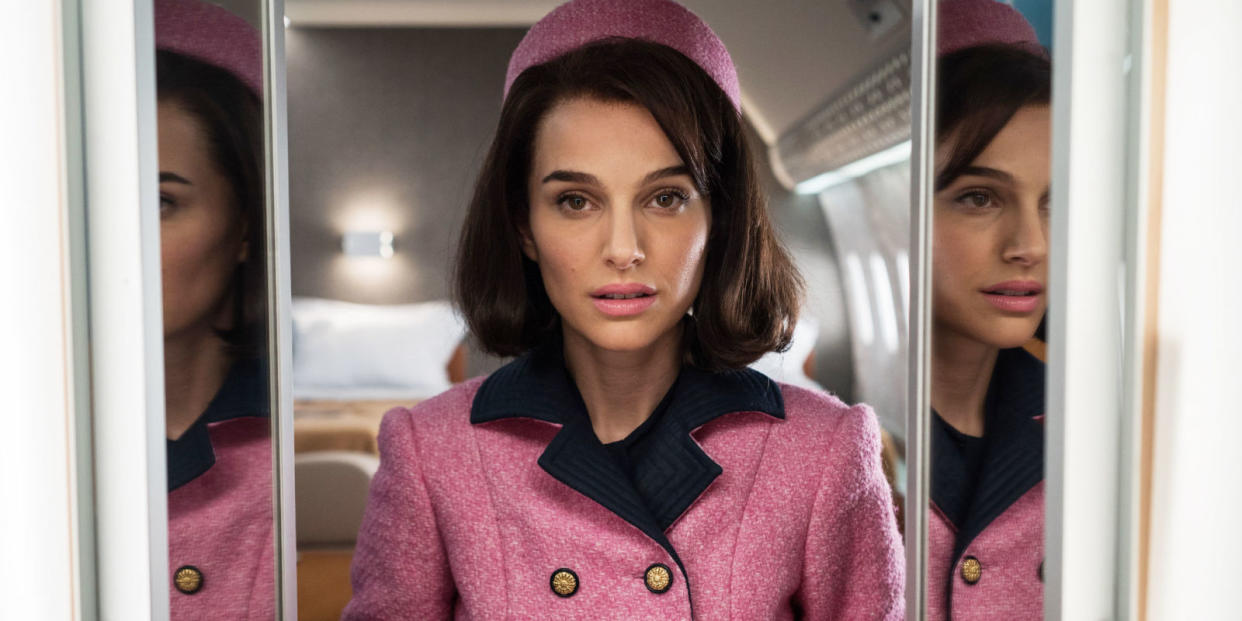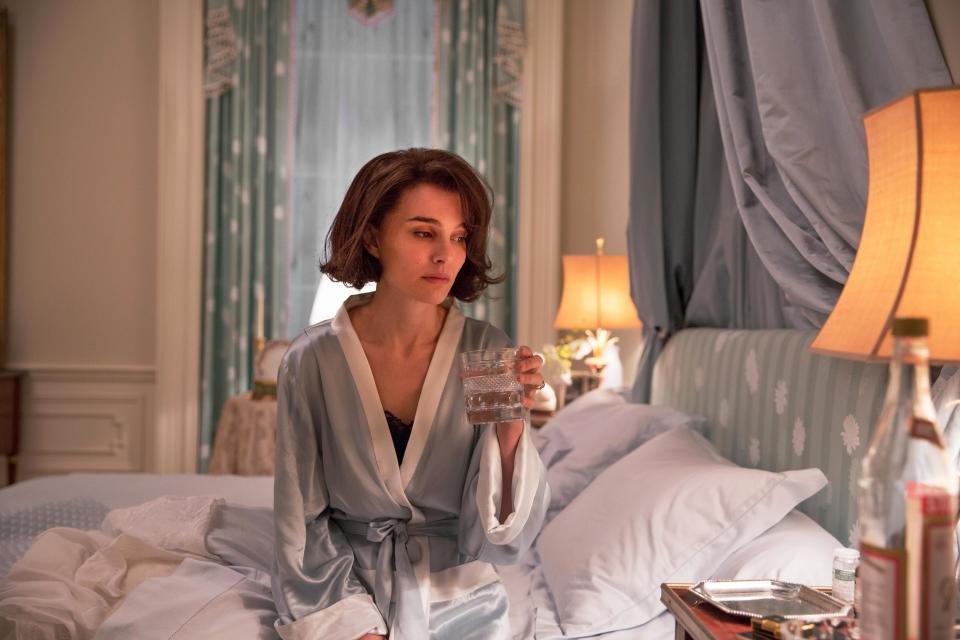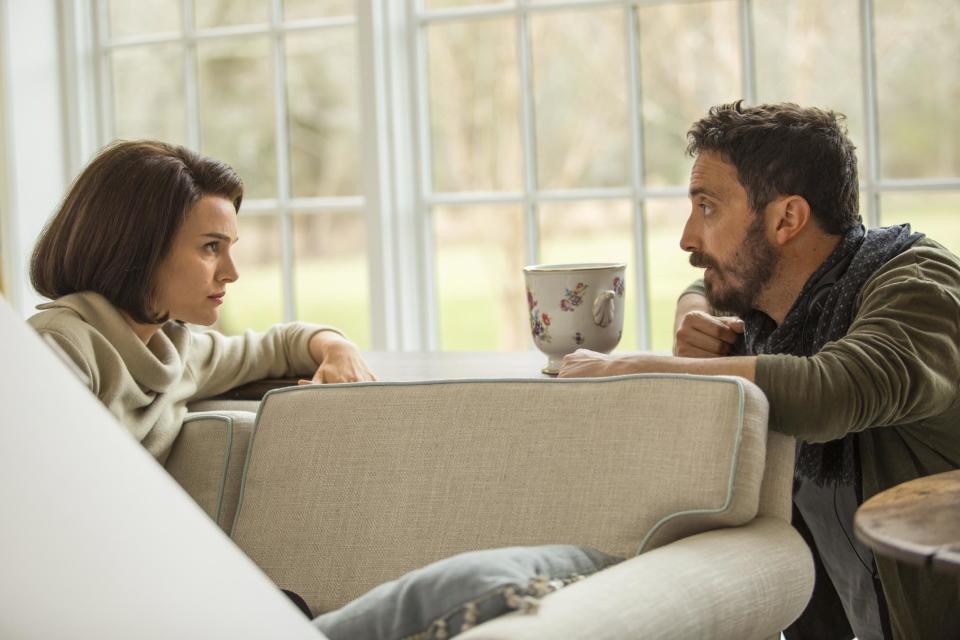We've Never Really Known Jackie Kennedy...Until Now

This article originally appeared in the December 2016 issue of ELLE.
When the celebrated Chilean director Pablo Larraín read the script by Noah Oppenheim for what would become his first English-language feature, Jackie, it had already been touted on Hollywood's famed Black List of homeless projects, considered by Steven Spielberg and Darren Aronofsky (who ended up producing the film), and offered to Natalie Portman for the lead role. Larraín went straight to Portman: "I said, 'I'm not doing the movie without you. If you won't do it, then I won't even touch it.' " Portman's portrayal of Jacqueline Kennedy, framed by her famous interview with a Life magazine reporter (here played with cagey charm by Billy Crudup) just days after her husband's assassination, is one of the most astounding feats of biographical reimagining in modern cinema.

"Jackie Kennedy was the most unknown of the known women of the twentieth century," Larraín says. "You could be captivated by her without really knowing what was going on inside her." But that's precisely what he has attempted to unravel: to cast this uncanny woman, caught up in a larger-than-life tragedy, in the most excruciatingly intimate, human light. It's hard to imagine that an American director could have cut to the quick of Jackie's raw experience as Larraín has-there's just too much civic piety and encrustations of Kennedy mythology to reckon with; it probably required an outsider's eye.
Larraín didn't try to make Portman look like Kennedy. He trusted in Portman's hyperintelligent and deeply informed ability to construct a parallel resemblance: a mannered, somehow stilted way of comporting herself physically; a disarming way of speaking in a self-deprecating, almost girly high-Wasp lilt; and, perhaps most arrestingly, a disorienting way of bearing her extraordinary facial beauty within a largely affectless mask-except in the most private and unguarded moments. And as Jackie shows, she couldn't afford many of those-least of all in the days after the assassination, which are examined in tight focus. We see her realize with bitter shock how, after being widowed in the most devastating possible circumstances, she is suddenly, almost rudely, being ushered off the historical stage; it is with a kind of terror of the void-she has nowhere to call home, no plans for life ahead-that she vacates the White House. In the film's most speculative scenes, she turns to a priest (rivetingly played by John Hurt) to try to get her existential bearings.

In the end, as Larraín admiringly puts it, Jackie recognized and embraced her primary imperative: "to protect and define JFK's legacy." She refused a private burial in the Kennedy family plot, insisting instead on a horse-drawn procession to Arlington National Cemetery-an occasion, complete with John-John's saluting his father's casket on his third birthday, that's indelibly imprinted on our collective historical memory. "I've grown accustomed to a great divide between what people believe and what I know to be real," Jackie says at one point in the movie. In the end, she demonstrated how thoroughly she had taken that lesson to heart: The most novel and enduring theme of her Life magazine interview was her invocation of Camelot-playing for the reporter the theme song from the cast album of the Lerner and Loewe musical, and thereby shaping history.
You Might Also Like

